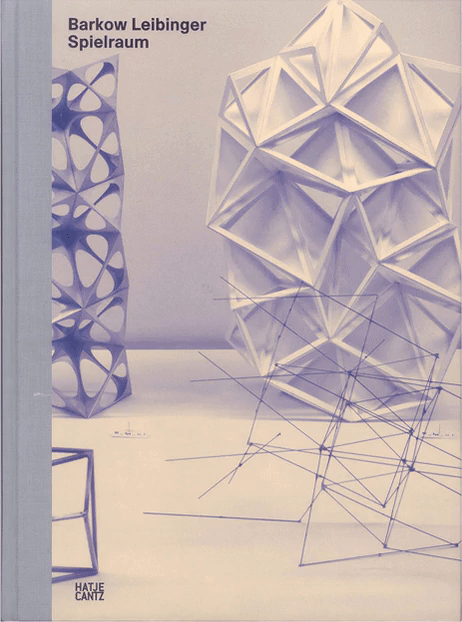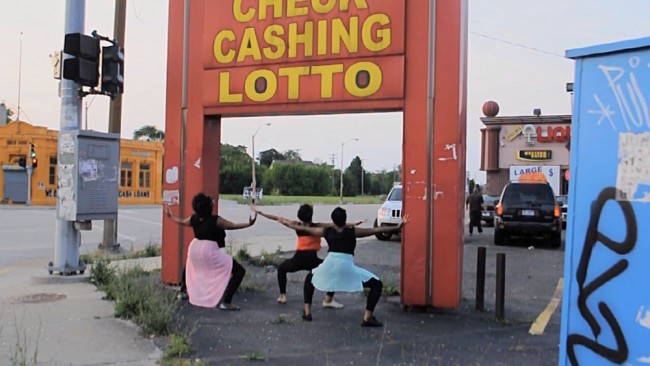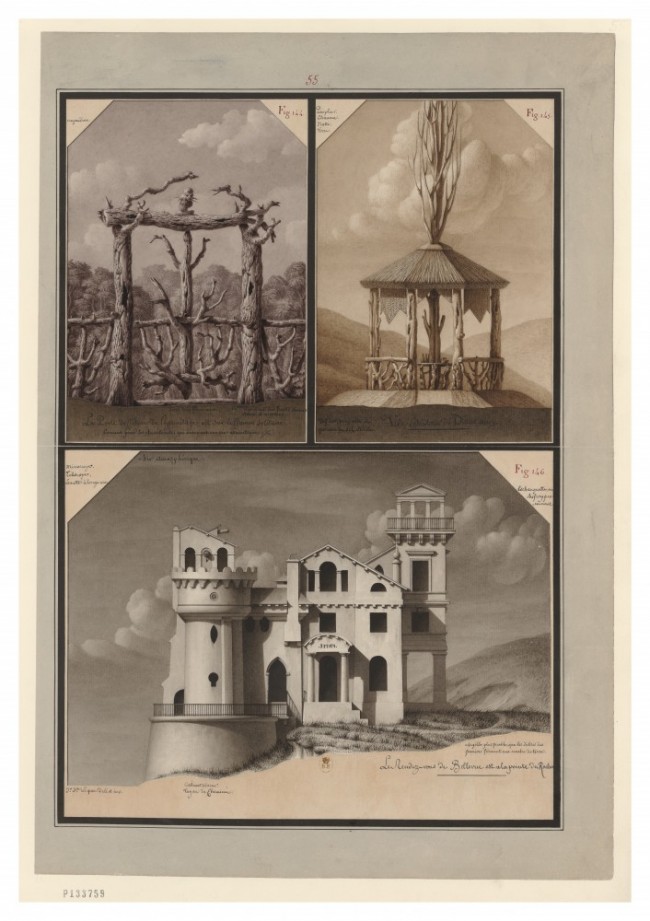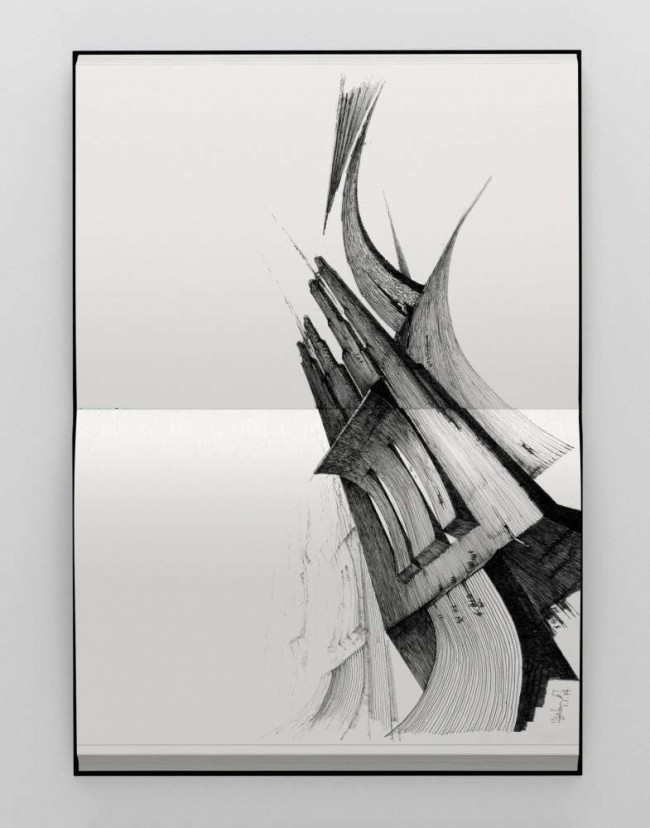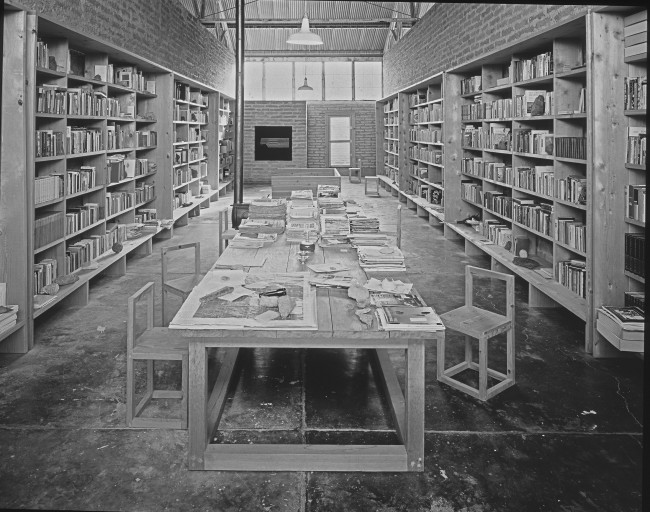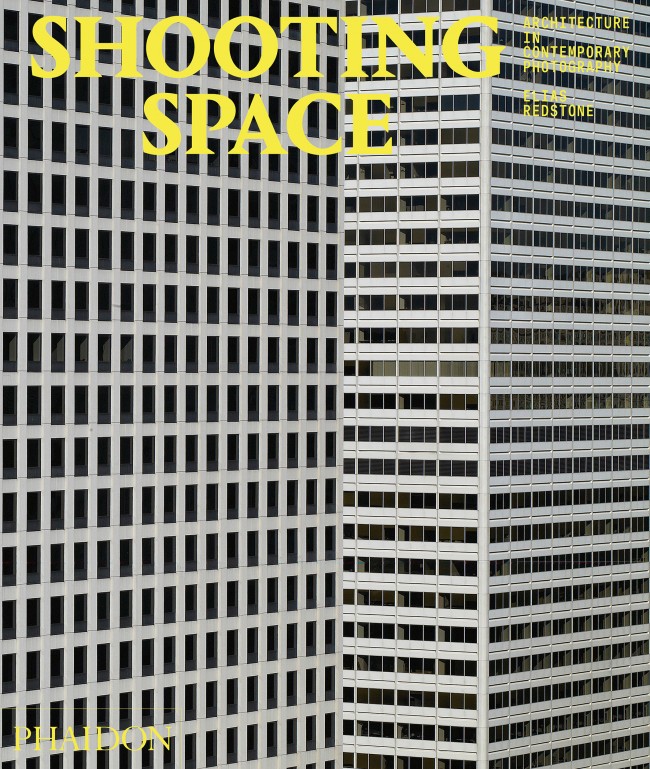BOOK CLUB: BARKOW LEIBINGER SPIELRAUM
Spielraum — a German word that means both “scope” as well as the more literal “play space” — is a new monograph of work by Barkow Leibinger, an architecture firm founded in Berlin 22 years ago by Frank Barkow and Regine Leibinger. As Hal Foster writes in his foreword, “The factory is no longer separate from other typologies such as the laboratory … work undertaken there is no longer distinct from other activities such as research and experiment, modeling and computing.” Referencing a long history of industrial-architecture projects in the firm’s portfolio, the celebrated art critic and historian hints at the office’s integrative work methodology, one where the particular path from conception to execution is motivated each time anew, contingent on any number of stimuli.
Throughout Barkow Leibinger’s work, one sees a pattern of creating complex but legible structures composed of simplified elements that have been turned, twisted, and modulated, creating within their built projects a sense of stability and surprise in equal measure. The TRUTEC Building in Seoul (2005–06), for example, emblematically utilizes a curtain wall of cut, folded, and rotated glass polygons to cast a kaleidoscopic reflection of an inchoate site — empty but for anticipated potential — back onto itself. And in the Smart Material House competition entry in Hamburg (2010), self-standing infra-light concrete walls are pivoted and stacked between floors of laminated wood, creating energy-efficient low-income housing out of pre-fabricated, modular, yet differentiated units.
This straightforward 426-page monograph sets up a clearly articulated taxonomy that organizes projects non-chronologically within five categories: “Fabrication/Research,” “Liminal Façade/Deep Surface,” “Ultra Structural,” “Makeover,” and “Site Specific.” However, within the publication’s clear conceit and design, it is obvious that these groupings are by no means meant to sit absolute, and that we are merely presented with one possible coherent framework within which to access and assess a richly varied practice.
Five diverse and thoughtful essays provide an array of further entry points and an expanded analysis of the firm’s oeuvre. Moving beyond Foster’s introduction locating their practice alongside post-Minimalist artists like Richard Serra or Robert Smithson, curator and researcher Carson Chan extends his glance beyond a standard structural and material reading to one that unpacks more abstract social concerns via the architects’ intelligent responses to snarled geopolitical particularities. Educator and architect Brett Steele’s contribution exemplifies the studio’s work in pushing beyond the demands and parameters of the disjointed commission model driving most architectural production. These exceptional essays effectively take the reader beyond the built structure — and significantly beyond the mid-career ossification that the architectural monograph frequently risks presenting.
Text by Douglas Boatwright.
Taken from PIN–UP No. 19, Fall Winter 2015/16.

